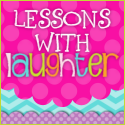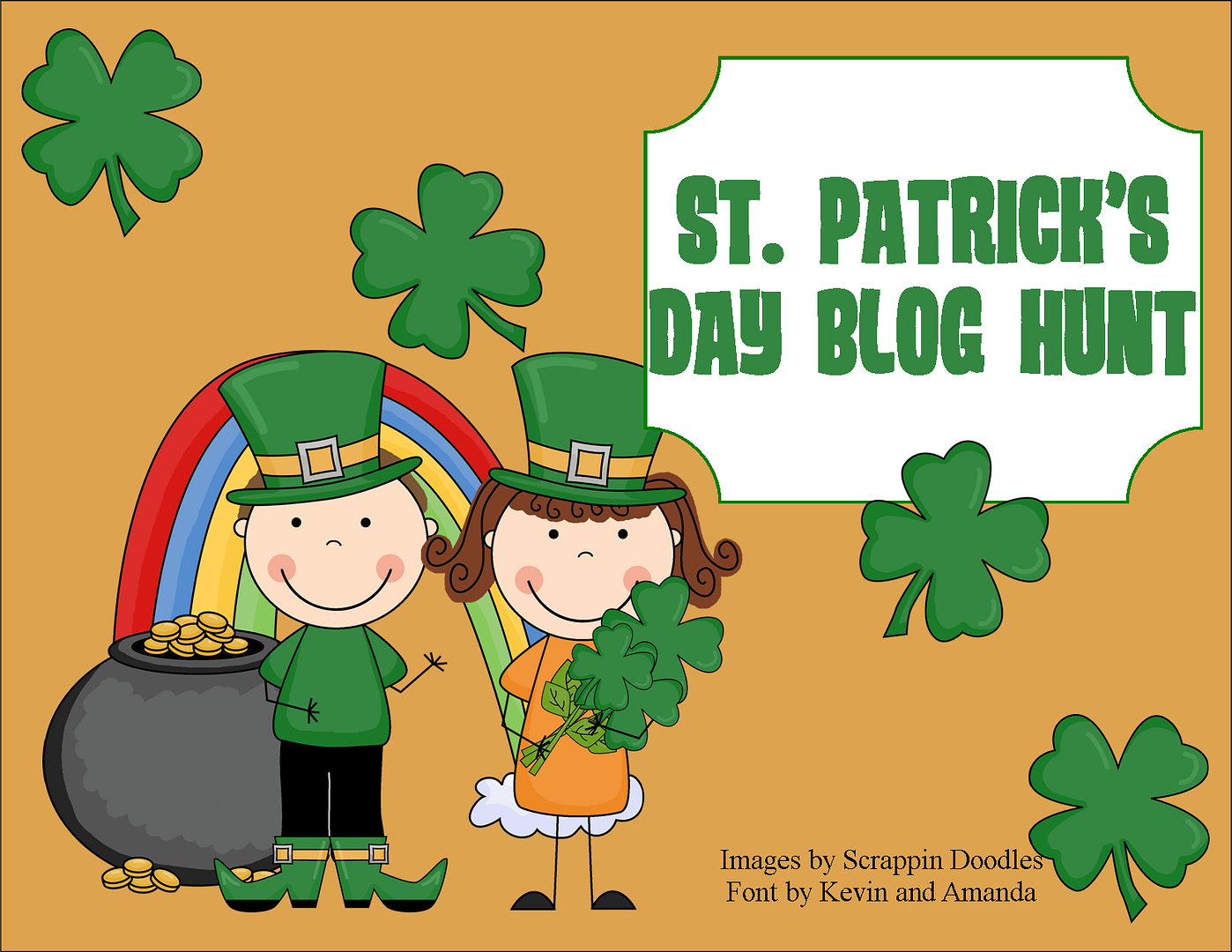I thought I would dig into my past tonight and share a lesson I taught my seventh and eighth grade students when their writing looked something like this:
I was mad, so I stomped up the stairs and slammed the door. I told my mom to leave
me alone. My room was a mess. I walked over everything and laid on the bed.
Not much effort went into this writing. They were just writing bare bones. I wanted them to dig deeper and help me, as the reader, create a vivid image in my mind. One of my favorite strategies to help students create vivid images with their writing is "Show, Not Tell." I modeled the strategy for them first making sure to think aloud what I was writing and why. To practice this strategy, I would give them a statement like "My room is a mess." They had to show me the room was a mess without using those words. Then we would take one piece of their writing and choose one sentence that they could develop and show me without telling me.
This was the strategy that really got my students using their writer's notebooks. One of the independent menu choices was always "write in your writer's notebook." Very few of them would write anything that could be later turned into a longer piece or be used in a longer piece. I changed the independent menu to say, "write in your writer's notebook using a strategy we have used in class." Under that statement I would list the strategies that we used. More students started using their writer's notebooks to write show, not tell passages. They always wanted to share those writing snippets when it was share time at the end of the period.
Click on the picture below to be taken to my lesson for Show, Not Tell. I included in the file: Common Core Standards for sixth, seventh, and eighth grade; two versions of the lesson plan (one is my exact lesson plan and the other has blanks where my examples were so you can write your own examples).
Whatever Happened to Common Courtesy?
4 weeks ago





























































